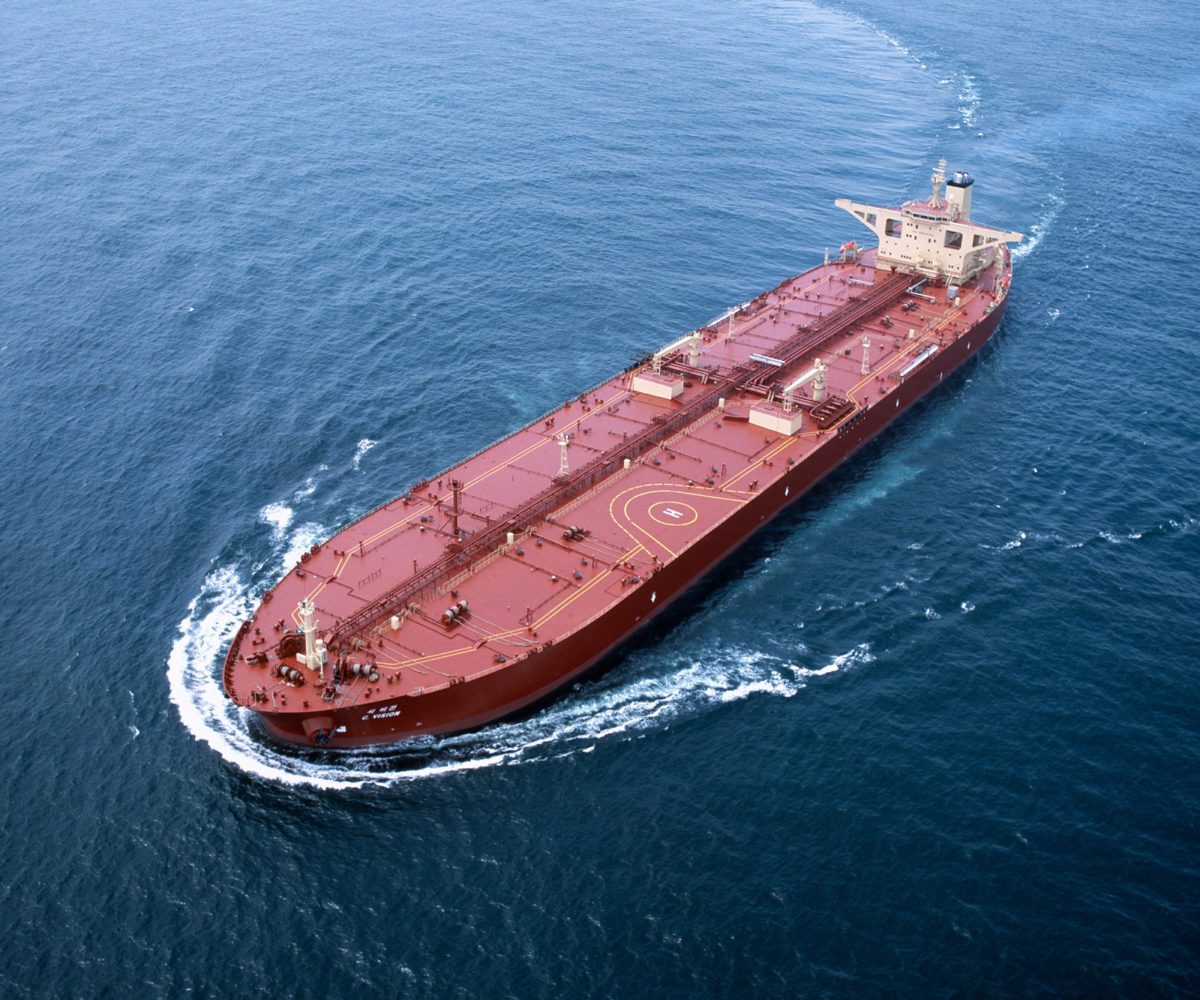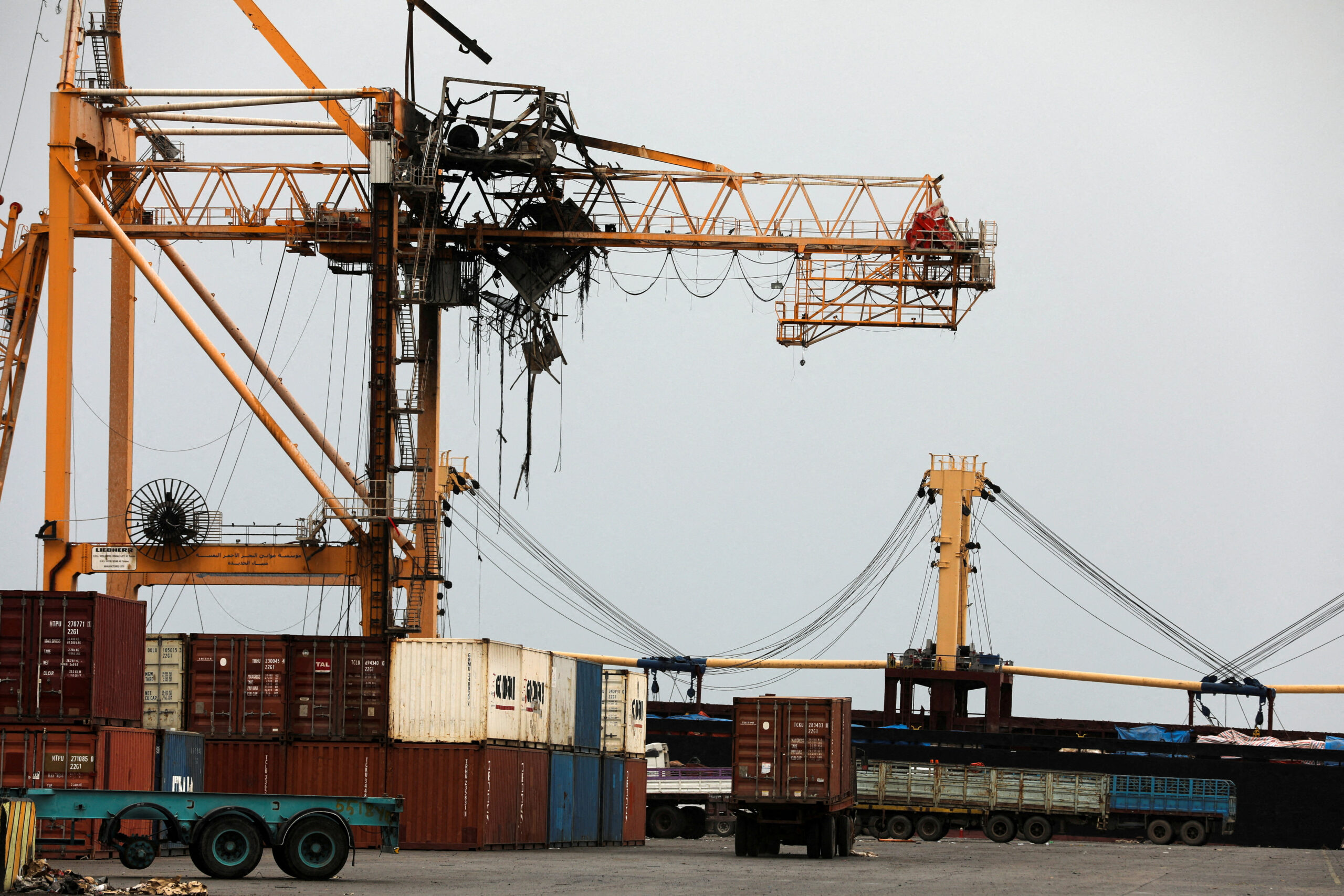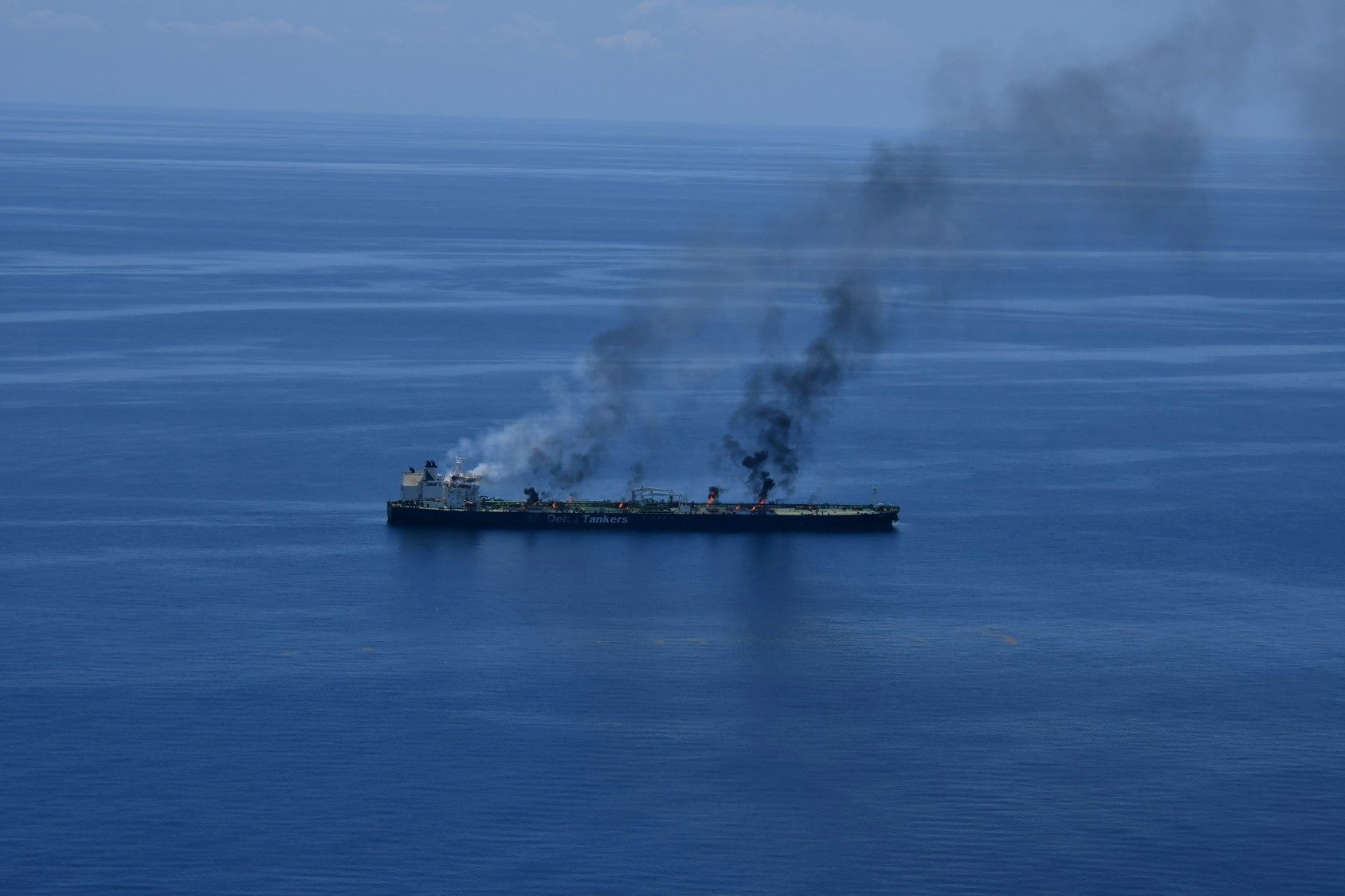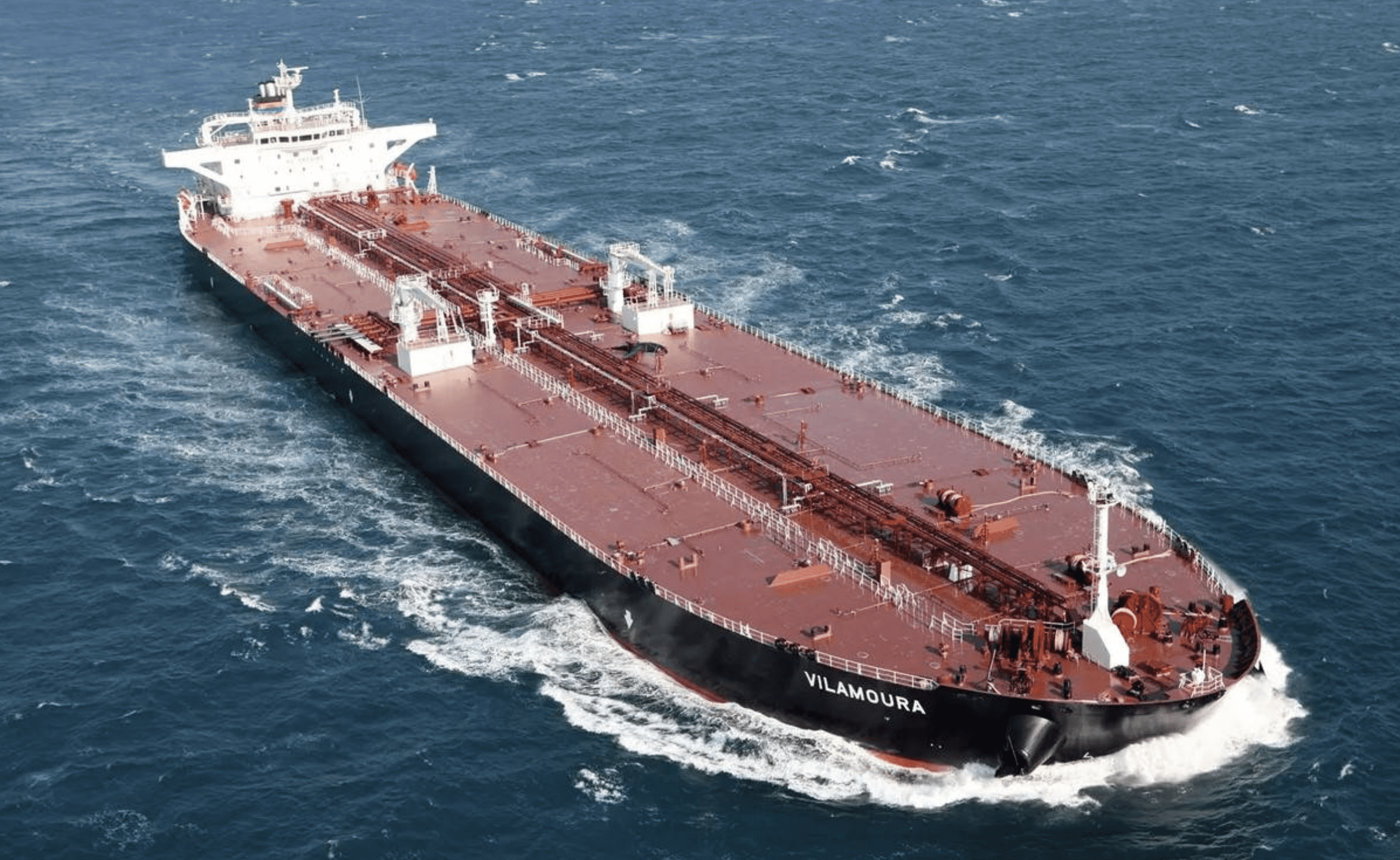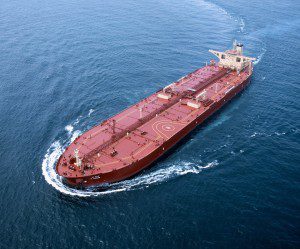 By Rob Sheridan
By Rob Sheridan
(Bloomberg) — Hire costs for the largest oil tankers had this year’s second-biggest increase on stronger bookings of ships to haul cargoes of Middle East crude to Asia, the industry’s busiest trade route.
Charter rates for very large crude carriers on the benchmark Saudi Arabia-to-Japan voyage increased 1.9 percent to 31.89 industry-standard Worldscale points, figures from the London-based Baltic Exchange showed today. That was the fourth straight gain and the longest winning streak since Dec. 19.
Daily rates for VLCCs “continue to improve” as more ships were hired, analyst Sam Margolin at investment bank Dahlman Rose & Co. in New York said in an e-mailed report. Tanker earnings on the benchmark journey increased to about $9,600 a day from about $8,500, he said. Still, the supply of ships in the Persian Gulf over the next 30 days increased by 10 to 112 vessels, data from Marex Spectron Group showed.
“Enquiry in the Middle East Gulf market has been steady this week, with Indian and Korean charterers showing particular interest,” shipbroker Simpson, Spence & Young Ltd. said in an e-mailed report. “Nonetheless, an abundance of available tonnage has persisted, allowing charterers to pick off less attractive vessels at cheap rates.”
Rates dropped for 11 sessions in a row to this year’s low on Jan. 28, according to exchange data. They have since rebounded almost 5 percent.
2 Million Barrels
Daily losses for VLCCs on the benchmark voyage narrowed to $5,009 from $5,661 on Feb. 1, exchange data showed. The ships, each able to hold 2 million barrels of crude, earned money in only four sessions in the third quarter on the journey.
The exchange’s assessments fail to account for owners’ efforts to improve returns by securing cargoes for a voyage’s return leg or reducing speed to burn less fuel, known as slow- steaming. The price of fuel, or bunkers, the industry’s main expense, increased 0.6 percent to $643.64 a metric ton, figures compiled by Bloomberg from 25 ports showed. That’s the highest since Oct. 17.
The combined carrying capacity of the world VLCC fleet will expand 5.3 percent this year, below demand growth of 5.9 percent, according to Clarkson Plc, the biggest shipbroker.
The Worldscale system is a method for pricing oil cargoes on thousands of trade routes. Each individual voyage’s flat rate, expressed in dollars a ton, is set once a year. Today’s level means hire costs on the benchmark route are 31.89 percent of the nominal Worldscale rate for that voyage.
The Baltic Dirty Tanker Index, a broader measure of oil- shipping costs that includes vessels smaller than VLCCs, lost 0.2 percent to 634, according to the exchange.
Copyright 2013 Bloomberg.

 Join The Club
Join The Club



